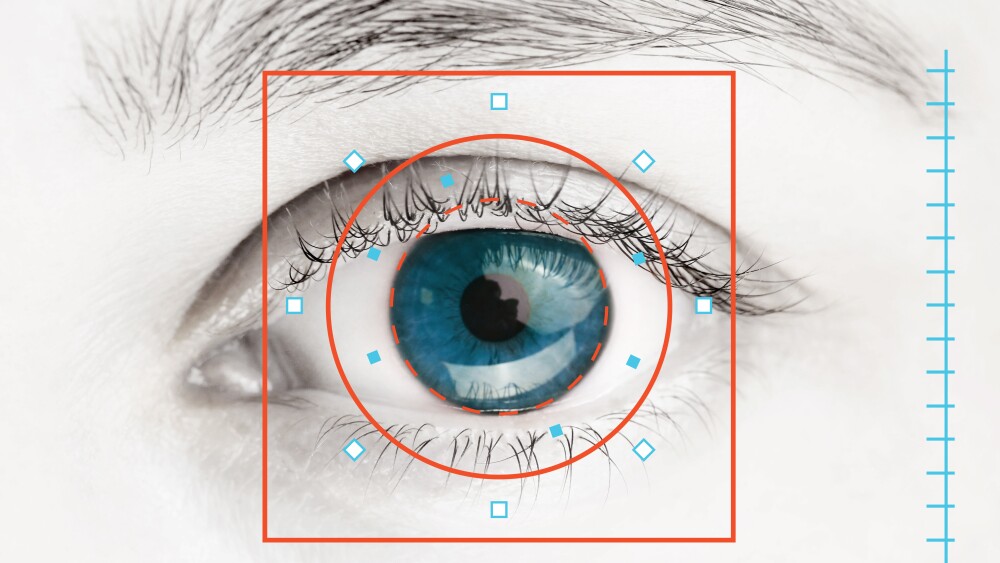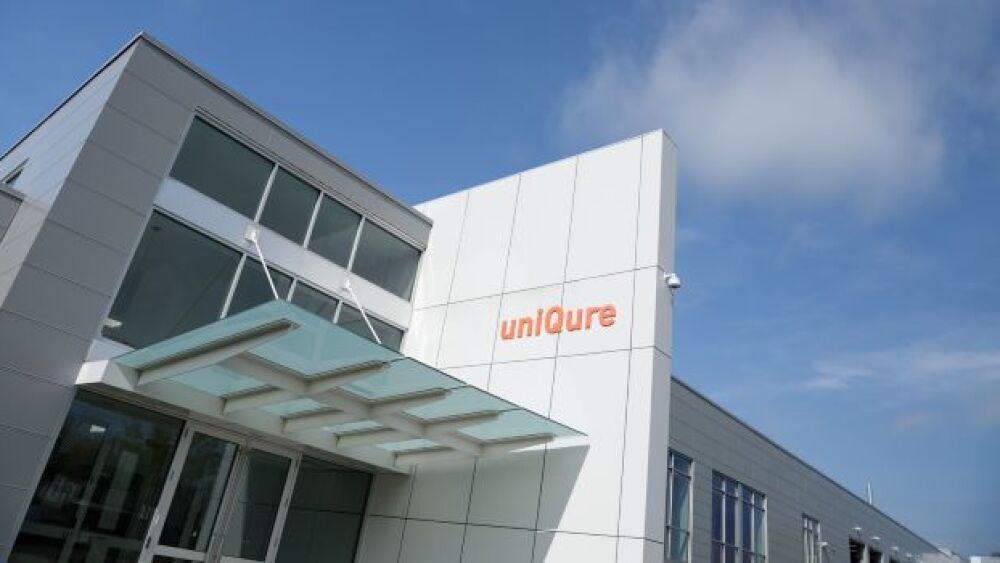Glaukos’ Epioxa allows cross-linking therapy for keratoconus without requiring an incision. The biotech expects to launch the drug early next year.
The FDA has signed off on Glaukos’ corneal therapy, Epioxa, for the treatment of the rare eye disease keratoconus. Glaukos expects to make Epioxa available to U.S. patients in the first quarter of 2026.
Affecting 50 to 200 patients in every 100,000 people, keratoconus is a potentially blinding eye condition characterized by the outward bulging of the cornea—resembling a cone rather than its usual dome shape. Though the root cause of this structural change is unknown, it results in light sensitivity and visual defects such as double vision, distorted vision and seeing light halos. If left unchecked, keratoconus can lead to blindness.
In its news release announcing the approval Monday, Glaukos described keratoconus as “debilitating,” a disease that “most aggressively” progresses in people younger than 30 years. While some of the visual problems associated with keratoconus can be addressed by eyeglasses and contact lenses, the disease can be so severe that it requires corneal transplantation.
About 20% of untreated keratoconus patients require corneal transplants, according to Glaukos.
Another treatment option is corneal cross-linking, which typically involves surgically removing or loosening the topmost corneal layer. The doctor then applies drops of riboflavin to the eye, which is activated with a focused UV beam. A previous Glaukos therapeutic, Photrexa, was approved in 2016 to treat keratoconus under orphan drug designation and required removing the top corneal layer.
Glaukos’ Epioxa, the biotech claims, is an “incision-free alternative” to cross-linking. Instead of removing the topmost corneal layer, Epioxa uses a novel oxygen-rich therapeutic applied topically to the cornea, which is then similarly activated through UV exposure. This approach, the company continued, removes the pain usually associated with surgery and also minimizes recovery time.
Two Phase III pivotal studies, encompassing more than 400 patients, showed that Epioxa improved maximum corneal curvature and had a tolerable safety profile.






